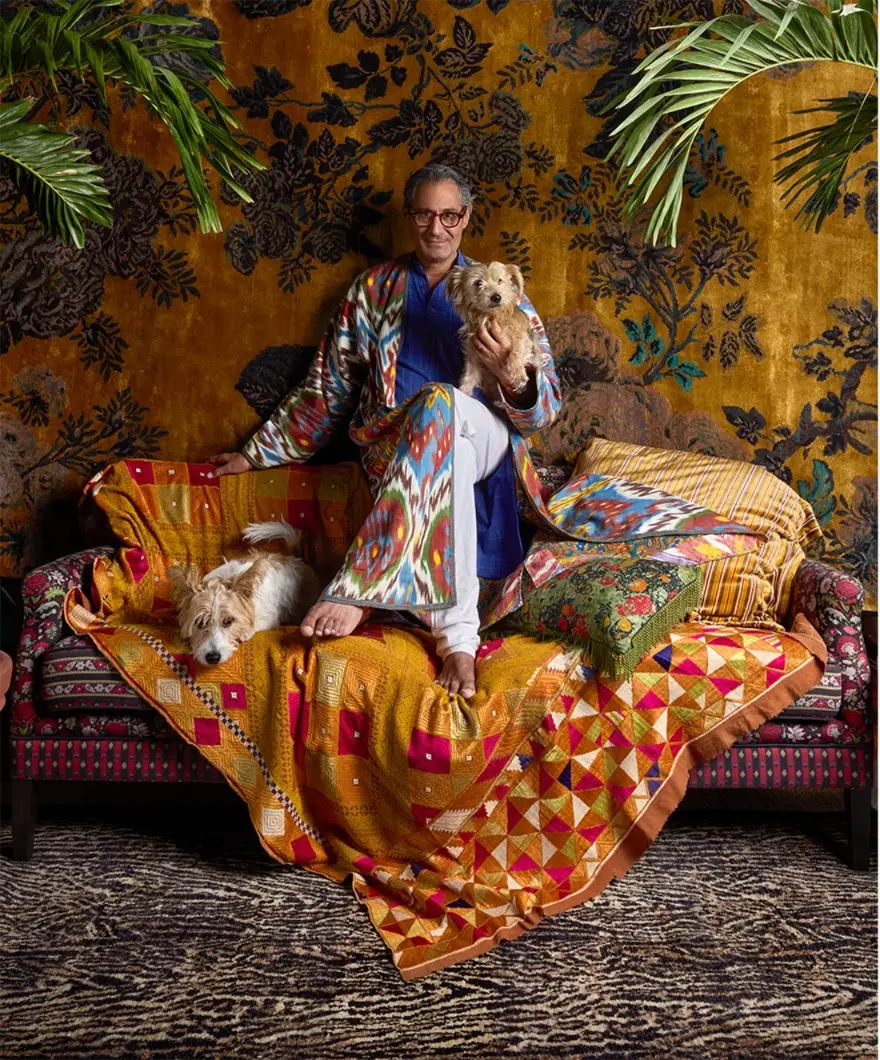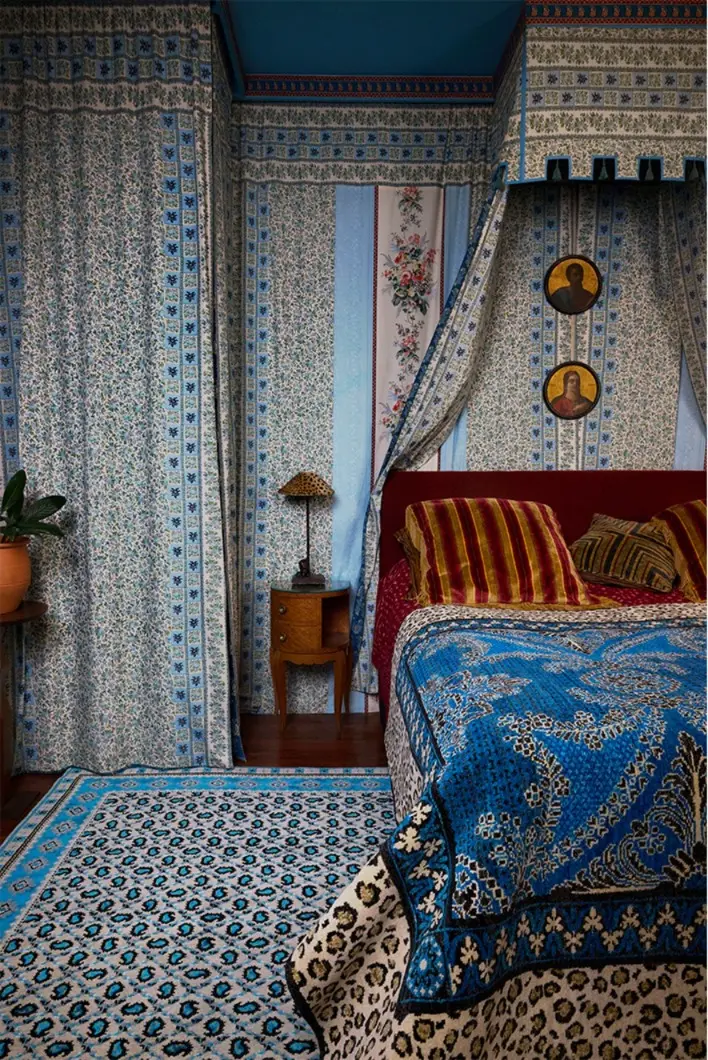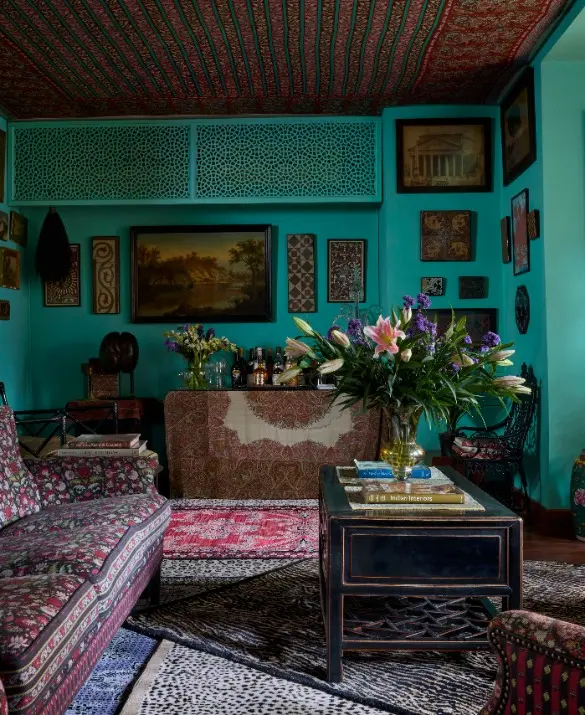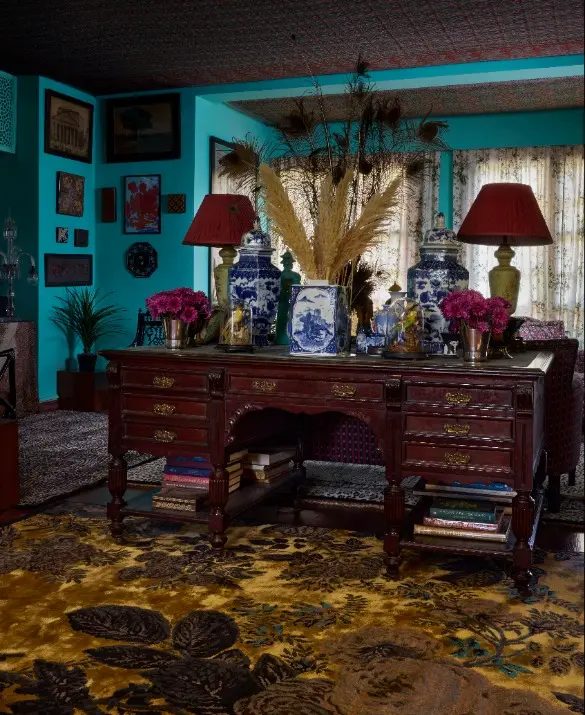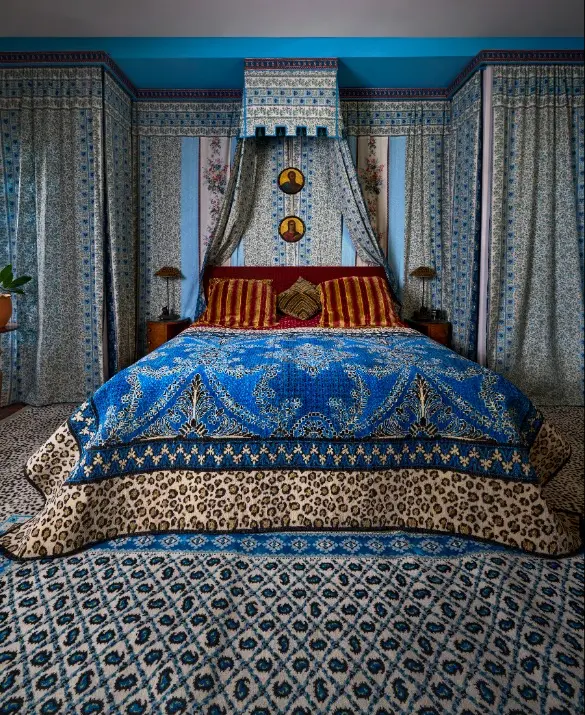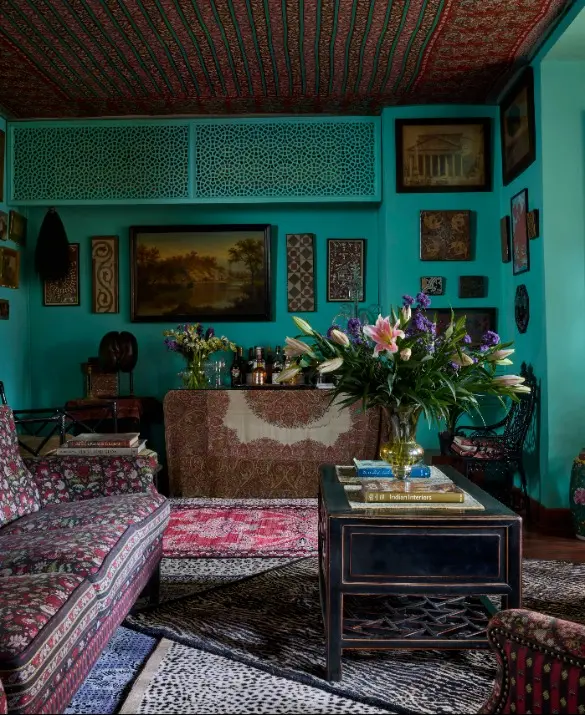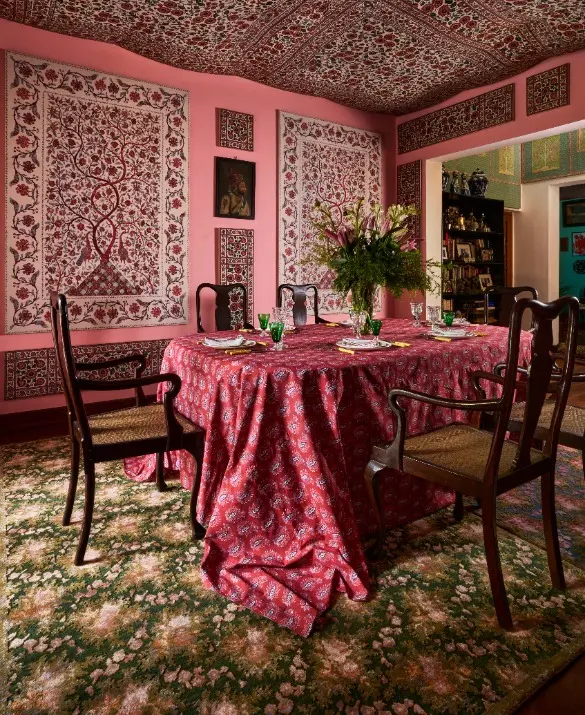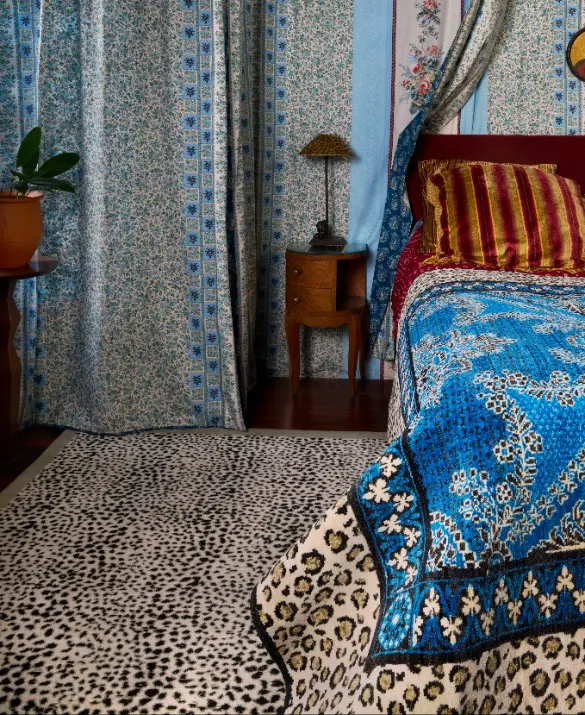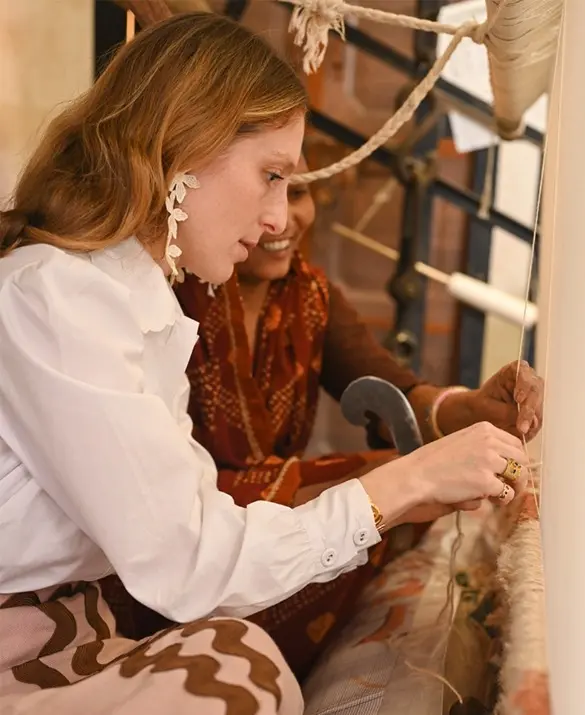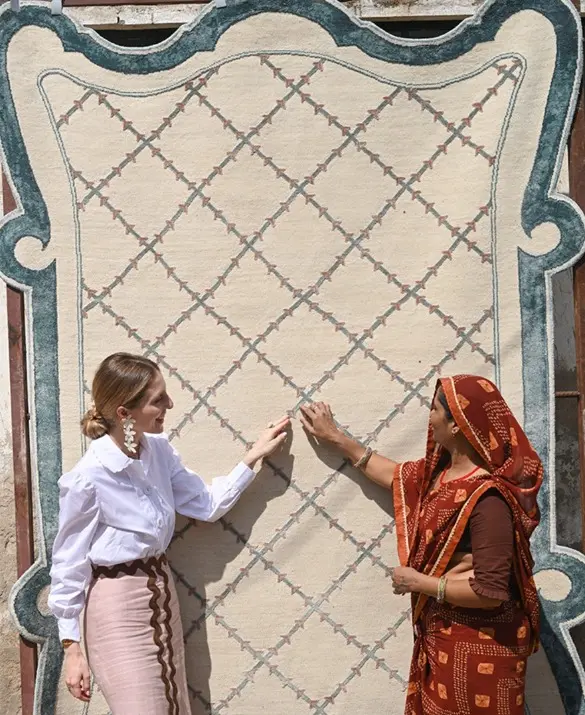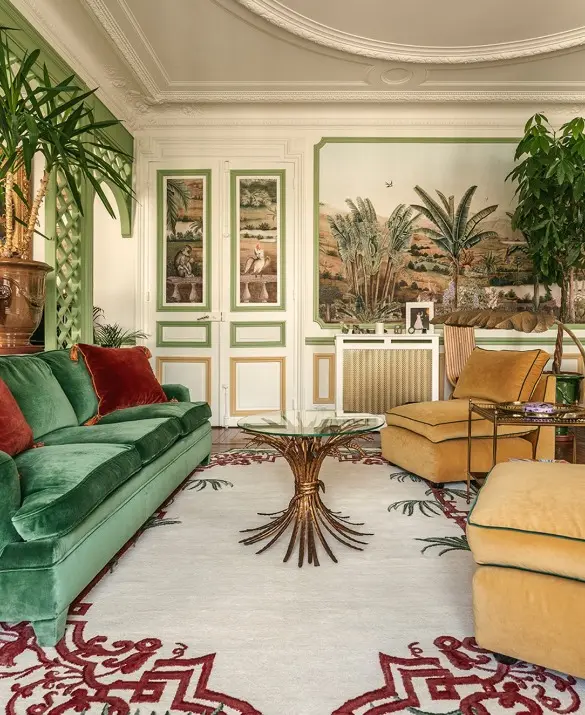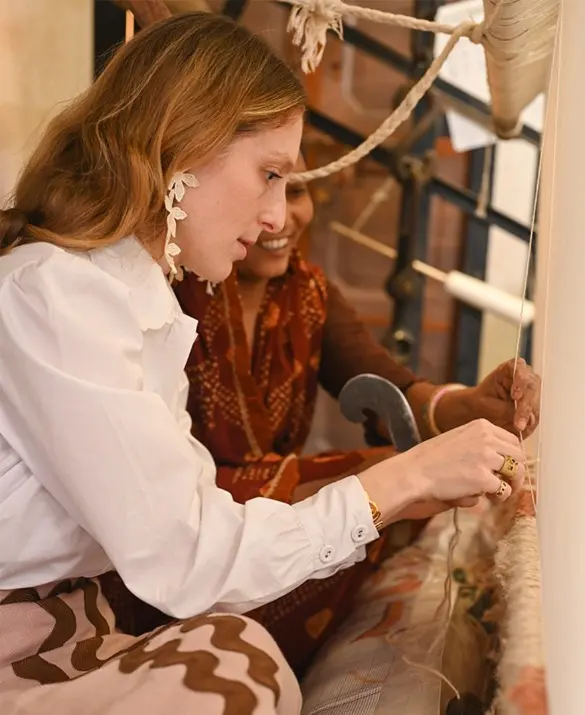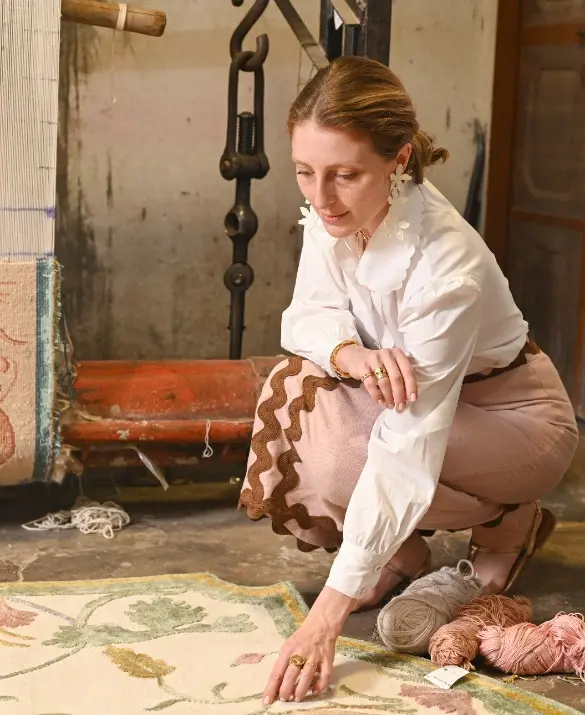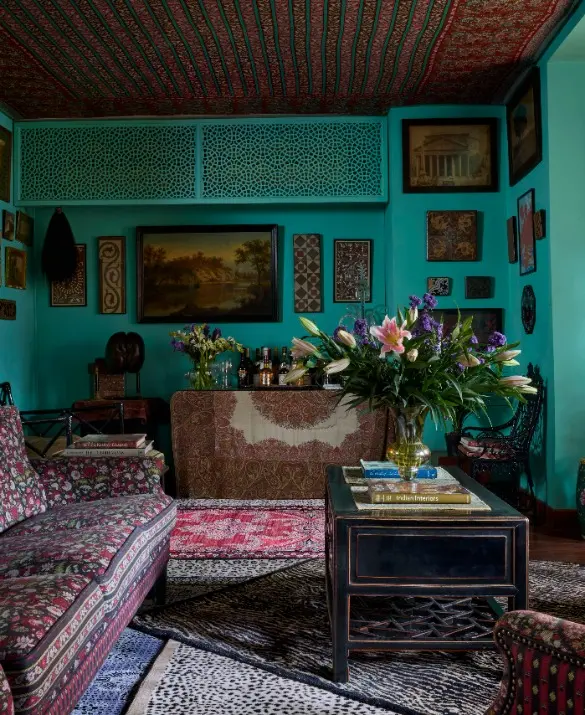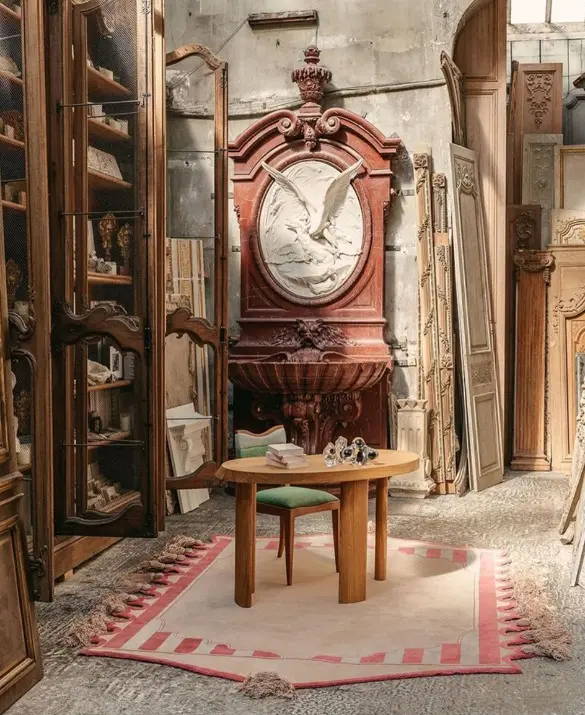Jaipur Rugs
INTRODUCES
Belle Epoque
Collection: The Gilded Age
Category: Accessories

JAIPUR RUGS - Belle Epoque
The Gilded Age Collection honors Madeleine Castaing and Peter D’Ascoli’s global trek, merging 19th-century charm with modern design. Hand-knotted rugs show chintz florals, wild motifs & neoclassical details!!
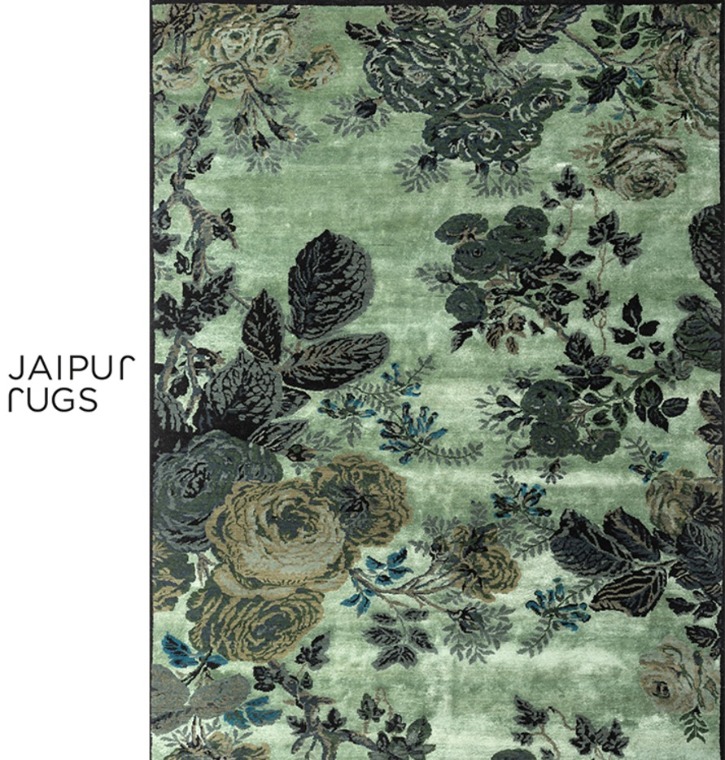
Product description
Inspired by the opulent chintz floral designs which originated in India in the 16th Century were popularised in Europe in the late 19th century. The Chintz, a woodblock printed, painted, stained or glazed calico textile is sometimes reminiscent with an overtly feminine charm with busily patterned floral fabric taking over tapestries in the interior world while also being a sophisticated, old-world nod to the intricacies of British & European living. The Belle Epoque hand-knotted floral rugs showcase a dramatic large scale tonal silhouette on bold backgrounds giving this classic subject a contemporary twist.

Product name
Belle Epoque
Designer
PETER D’ASCOLI
Dimensions
6x9 FT / 180x270 CM / 72x108 INCHES / 1.82x2.74 METERS
Production process
Hand-Knotted
Hand-knotting found its way into Indian heritage from Persia, giving it its name, Persian Hand-knotting. It’s uniqueness in art is through its style of printing; knot by knot and line by line, paying attention to each intricate detail. It’s a process taking a minimum of 2 months, ranging up to almost a year depending on the quality and size of carpet being woven.
Differentiating each knot was originally done by memory, where weavers would sing out the colors of the line of knots called Boli weaving. This later evolved to the use of design maps, which helped accommodate a rapidly changing design palate. Artisans place the design map at the base of the loom and use each pixel in a chart as a reference to a knot. Artisans with Jaipur Rugs are also a part of a unique sustainable initiative called Manchaha, where they get to design their own rugs at the loom.
Hand-knotting found its way into Indian heritage from Persia, giving it its name, Persian Hand-knotting. It’s uniqueness in art is through its style of printing; knot by knot and line by line, paying attention to each intricate detail. It’s a process taking a minimum of 2 months, ranging up to almost a year depending on the quality and size of carpet being woven.
Differentiating each knot was originally done by memory, where weavers would sing out the colors of the line of knots called Boli weaving. This later evolved to the use of design maps, which helped accommodate a rapidly changing design palate. Artisans place the design map at the base of the loom and use each pixel in a chart as a reference to a knot. Artisans with Jaipur Rugs are also a part of a unique sustainable initiative called Manchaha, where they get to design their own rugs at the loom.
Year
2025




